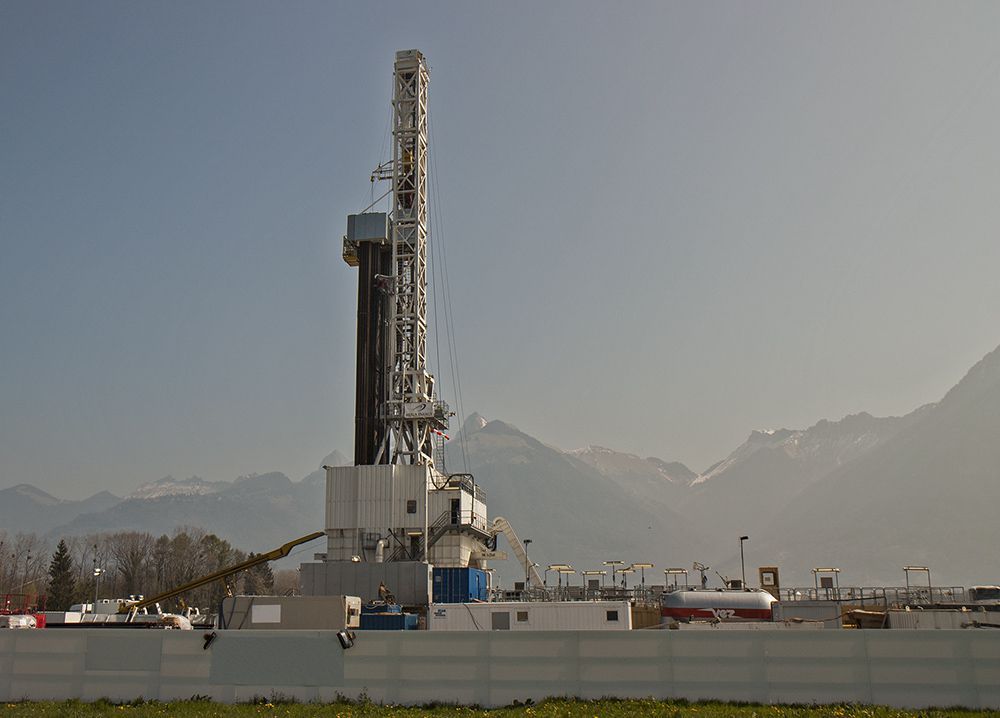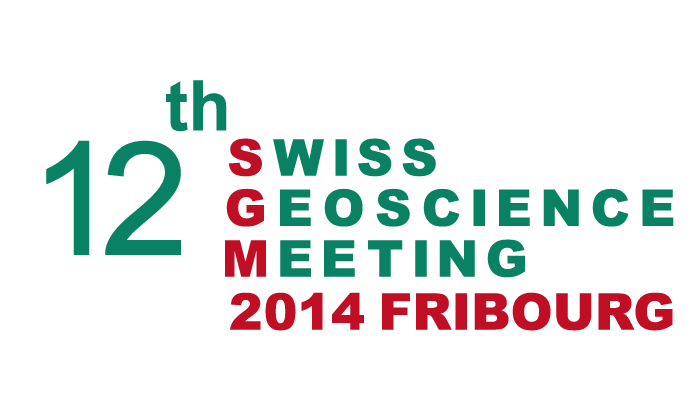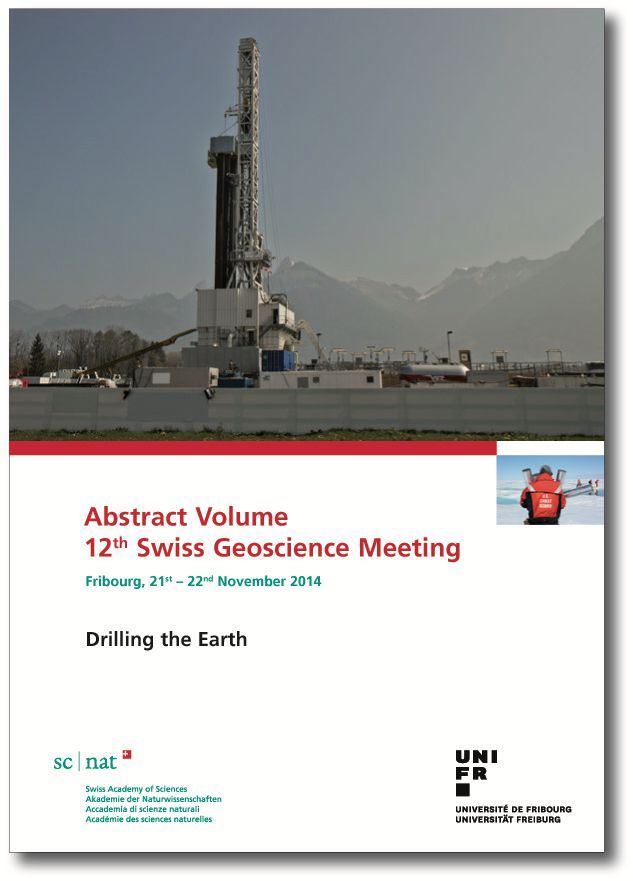12th Swiss Geoscience Meeting 2014 in Fribourg

The 12th edition of the Swiss Geoscience Meeting focused on the latest advances in research in geosciences. It was held 21st and 22nd November 2014 in Fribourg.
The Department of Geosciences of the University of Fribourg and the Platform geosciences of the Swiss Academy of Sciences (SCNAT) cordially welcomed the 662 participants in the 12th Swiss Geoscience Meeting held on 21st and 22nd November 2014 in Fribourg.
On Friday 21st, The topic for the general session was devoted to drilling, a very important technology both for geoscience as well as for the (geo)economy. Without drilling, the access to the third dimension for geoscientists is limited and many questions cannot be answered adequately. A prominent role in the scientific exploration of the Earth by drilling plaid and plays the Integrated Ocean Drilling Program.
- Prof. Dick Kroon, University of Edinburgh, Chair of the proposal evaluation panel of IODP, presented the past and the future of this successful program. Ice bodies are important water reservoirs and essential climate archives. To bring the information to the surface, drilling is the technique of choice.
- Prof. Martin Funk, VAW, ETHZ, and Dr. Margit Schwikowski, PSI, took the audiance to drill sites in the Arctic and in our Alps. Although drilling was from the beginning used for the exctraction of fossil fuels and water, in ore exploration or as an important technique in tunneling, it was the deep exploration for geothermal energy and unconventional gas and oil reservoir (fracking) in the last decade, which brought drilling into the limelight and unlocked controversial debates about deep drilling.
- Dr. Markus O. Häring (Geo Explorers Ltd) illustrated a geothermal drilling project, which unfortunately found a premature end.
On Saturday 22nd
About 175 talks were given and 171 posters were presented in 18 scientific symposia that covered the diverse spectrum of current research in geoscience, encompassing the lithosphere, the hydrosphere, the cryosphere, the biosphere, the atmosphere and the anthroposphere.
The SGM offers an ideal environment to also foster informal contacts and discussion between scientists: Such opportunities occur at the Swiss Geoscience Party on Friday evening, or during the poster session on Saturday. Special time slots are allocated to two poster sessions, at which the authors are present.


